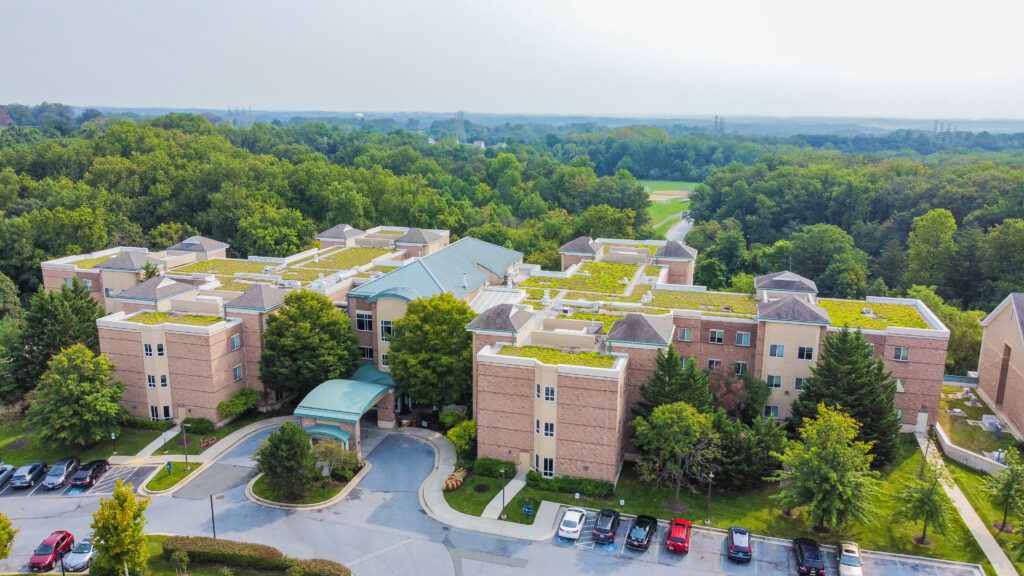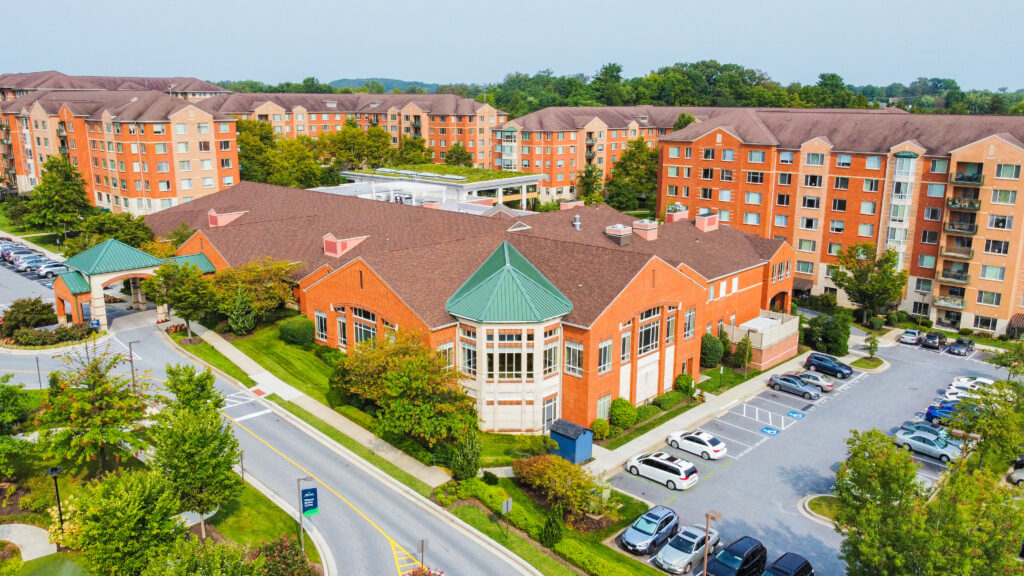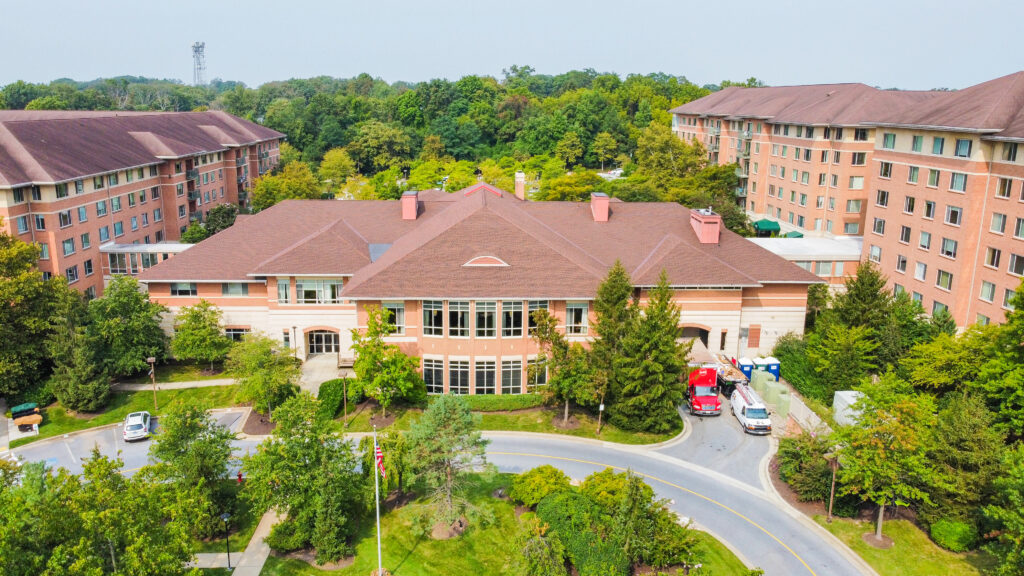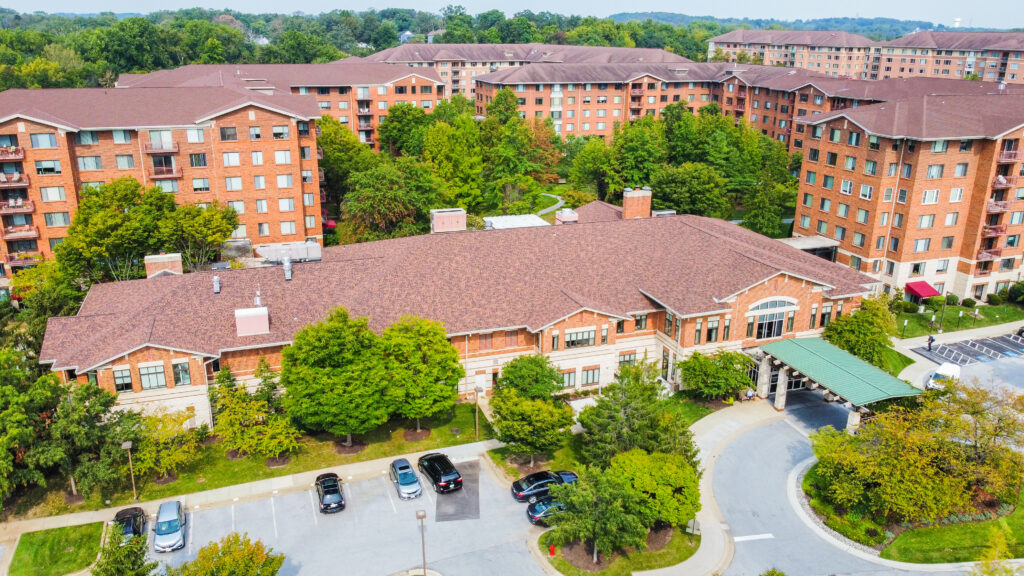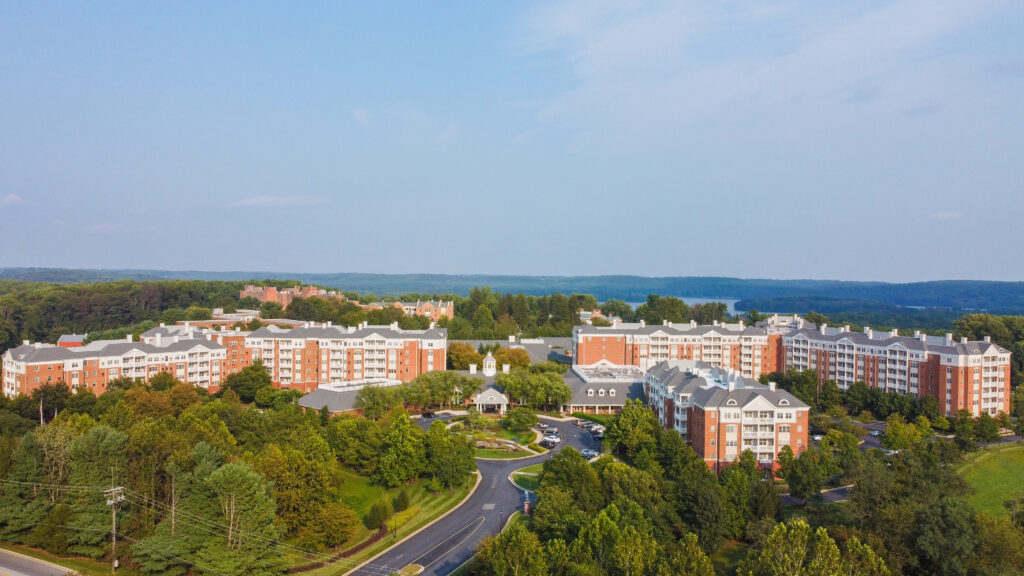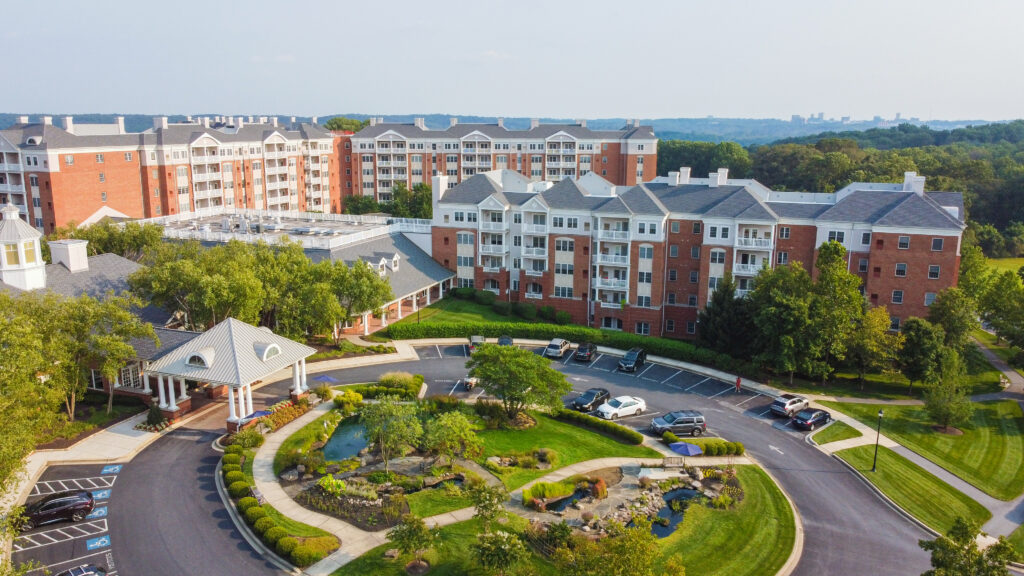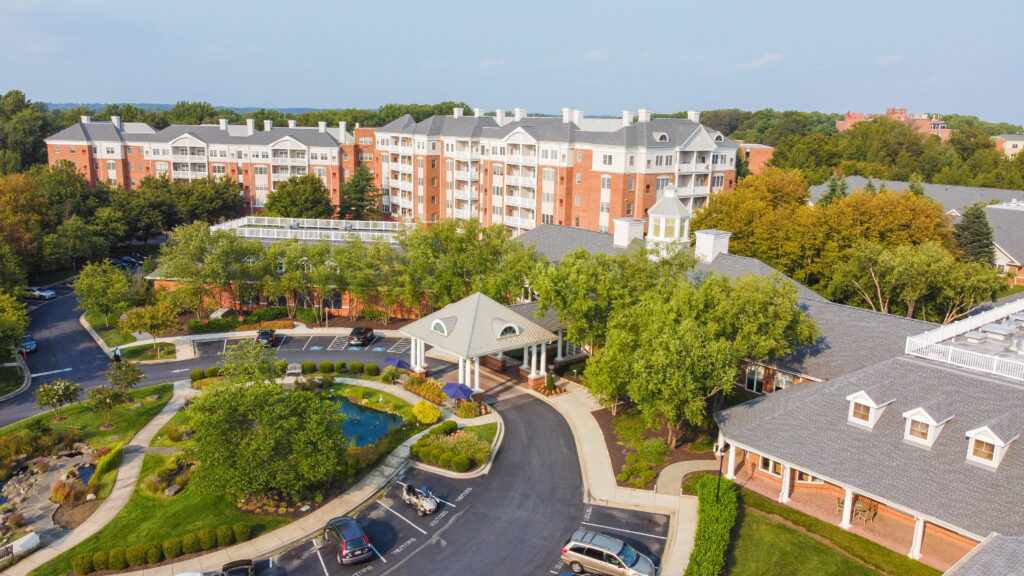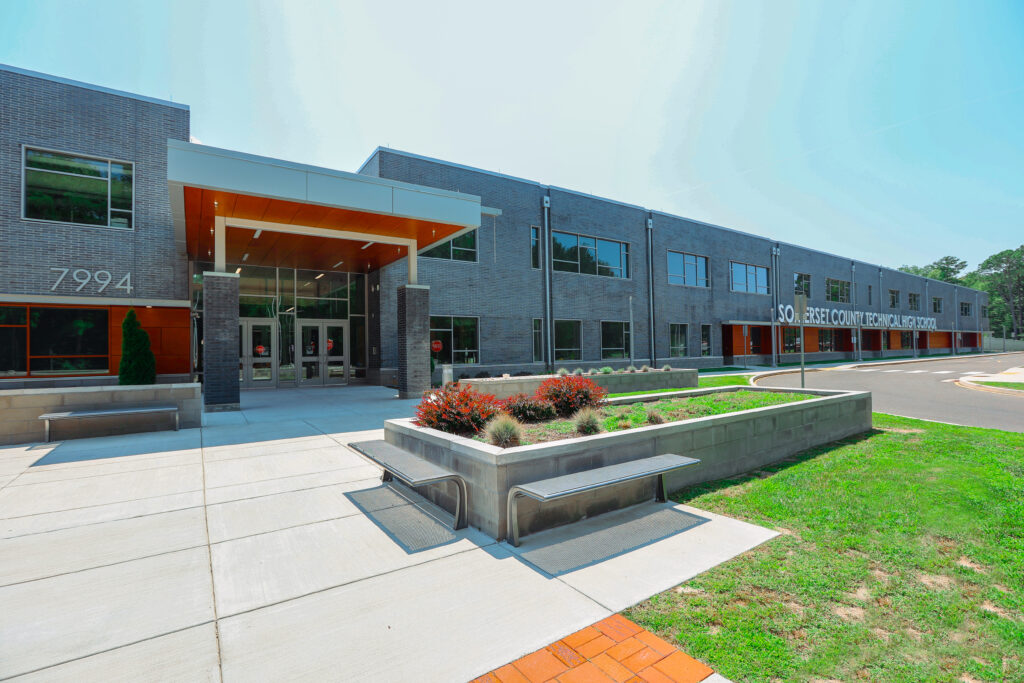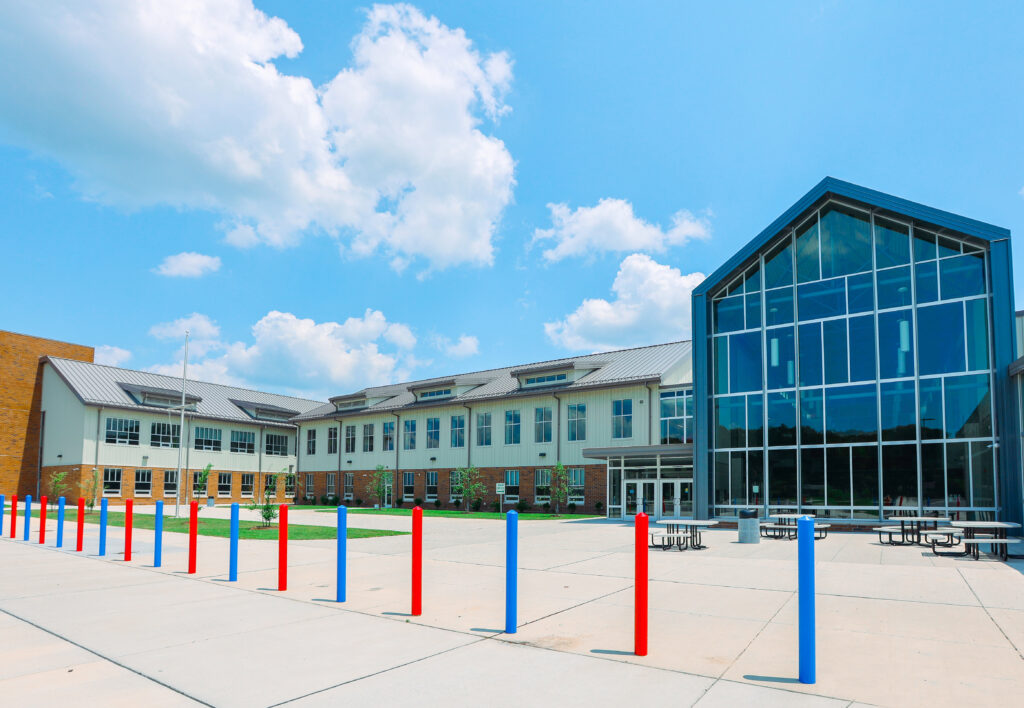
In Part 2 of our ‘Back to Basics’ series, we will be discussing the second basic component of physics used to analyze a structure: Equilibrium.
In structural engineering, equilibrium is typically well defined in terms of specific equations, however, the third law of Newton’s physics is sufficient to explain the goal of most building structural engineering problems. “For every action (force) in nature there is an equal and opposite reaction.” Structural engineers need to find solutions to problems (forces) so there will always be a constant opposite reaction to keep a structure at-rest. This is known as static equilibrium. Engineers are always questioning the reliability of a structure’s support to act in a permanently static condition with regards to the overall stability of the structure and the user tolerance to perceived movement.
We will be discussing the third and final component, Compatibility, later this week.

When mathematical problems in structural engineering become more complex or have a great deal of uncertainty in variables, it is important for engineers to go back to fundamental principles when considering potential solutions. Many problems that engineers encounter do not have pre-determined equations or step-by-step procedures for following in references or codes. At these times, it requires invoking our earliest training in mechanics of materials and other theoretical fundamentals. In order to analyze a structure, there are essentially three basic components of physics that need to be satisfied. In no particular order of importance, they are 1) Constitutive Properties 2) Equilibrium and 3) Compatibility. In today’s post we will cover Constitutive Properties.
Constitutive Properties involve utilizing the appropriate model (graph) for a given material’s relationship between stress (pressure) and strain (molecule movement within a mass). Some materials have constitutive properties such that there is a well-defined linear model that relates stress and strain; other materials such as hyper elastic and viscoelastic materials have very non-linear “curvy” stress-strain graphs. Some materials constitutive properties are highly sensitive to thermodynamics and change over the range of a few degrees in temperature. Using a poor constitutive model may result in the unconservative prediction of structural movement or non-brittle failure. It is important that materials used in structural design have had sufficient testing to have well-defined constitutive properties for engineers to assure their behavior can be adequately predicted.
We will be covering Equilibrium and Compatibility next week. Stay tuned!
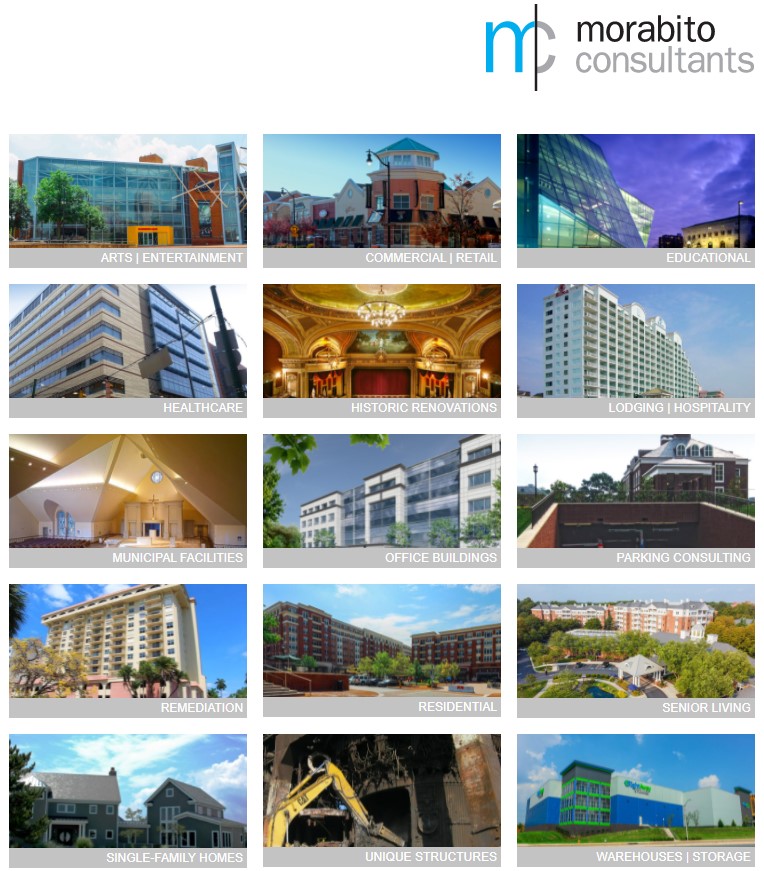
The latest edition of our quarterly company newsletter was released via email this week. Visit the link below to check it out and subscribe to receive future updates!
https://mailchi.mp/morabitoconsultants.com/mc_newsletter_january2022
We are proud to announce that the long overdue update to the Projects section of our website is finally complete.
Additionally, MC continues to share our Structural Engineering Reference Guide and AIA accredited structural materials course with our colleagues in the industry. Please reach out to us at [email protected] if you would like additional information on scheduling the presentation at your firm.

Joshua Lorentson, EIT has joined MC as a design engineer. Joshua recently graduated from the Structural and Geotechnical track of the Civil Engineering program at the University of Maryland. He is enjoying applying his studies to real world problems and learning from the vast experience of the engineers around him. Outside of work, Joshua can be found hanging out with family and friends, or diving into a new fantasy novel.
We are excited to welcome Joshua to the MC team!

MC is proud to partner with PI.KL Studio and BKM in the design of the new Community Center at 5 North Calhoun Street in West Baltimore as part of the Renaissance Foundations commitment to improving the health and wellness of the area. The existing 33,000 square foot building, which was once a gelato plant, will be repurposed to house a community gathering space, commercial kitchen, and classroom spaces. MC analyzed modifications to the existing building framing to accept new large windows, skylights, and floor openings to bring natural light into the building to revitalize the existing space. Demolition is underway and the groundbreaking ceremony can be seen here: https://www.lifebridgehealth.org/WBRF/WBRF.aspx
Here at Morabito Consultants we have a deep understanding of the importance of family. The holiday season is a joyous time of year, and we cherish every moment we get to celebrate with our own friends and family. Last weekend our employees and their partners got together to celebrate at our annual Christmas party. We had a great time, but we also know this time of year can be especially difficult for those with young children battling various health issues. To that extent, we are proud to have partnered with St. Jude Children’s Research Hospital for our annual giving campaign. Our employees donated nearly $2500 for those who need our help the most.
Over the years Morabito Consultants has been fortunate to be an integral part of the design team for many Independent and Assisted Living Facilities and their associated Community Centers.
MC designed 640,000 SF of independent living and apartments, over 42,000 SF of assisted living, and a 45,000 SF commons building that comprise the community known as Mercy Ridge in Baltimore, MD. This large community was constructed over two phases creating a beautiful sprawling campus supplying all the comforts of home with upscale and convenient amenities desired by retirees.
At Oak Crest Village in Baltimore, MD we designed three (3) two-story community buildings spread through the campus and a four-story assisted living and care center. The community buildings provided convenient dining, lounge, amenities spaces and much more to the residents. The unique green roof of the assisted living and care center set it apart from the other buildings on the campus.
MC has continued to design independent and assisted living communities throughout the region and pride ourselves on providing economical designs for even the more complex structures. Stay tuned as we will be highlighting more recently completed project in the coming weeks!
This Thanksgiving, we would like to share our sincere gratitude to our clients, families, and friends. Your continued support and trust in our firm is truly appreciated! We hope everyone has a safe, healthy, and relaxing Thanksgiving!
Best wishes,
Morabito Consultants
We recently highlighted some of our exciting private school educational projects in the Baltimore region. Today we are looking across the Chesapeake Bay to highlight two recent public schools – the North Dorchester High School and the Somerset County Technical High School (aka JM Tawes).
MC worked alongside Hord, Coplan & Macht and Gipe Associates to design the replacement North Dorchester High School in Hurlock, MD. This 117,150sf, 2-story facility opened in 2019 and is nestled together with the adjacent middle school and a community athletic and recreation complex. Large windows in the exterior walls allow ample natural light into the building and helped this project earn a LEED silver rating.
The Somerset County Technical High School (JM Tawes) opened in 2019 and is certified LEED gold. MC teamed with Becker Morgan Group & Gipe Associates to design this 103,000sf school featuring exposed structural framing and mechanical systems that serve as teaching aids for the various trade programs. This project has won several awards such as ENR Regional Best Project, AIA Maryland Merit Award, and an AIA Chesapeake Bay Award!



